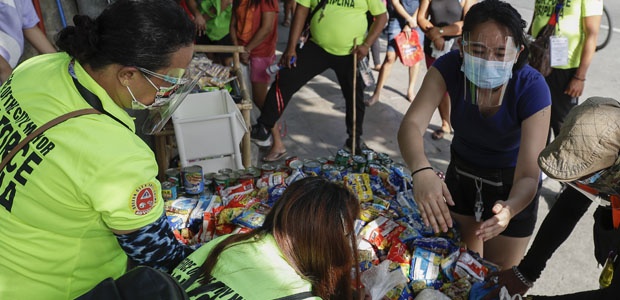Public action and the Pandemic: the role of civil society in shaping state responses

Across the world, the effectiveness of state responses to the pandemic has varied significantly. In terms of both addressing the pandemic itself and managing its welfare consequences, state responses have ranged from being highly proactive and effective, to proactive and less effective, to largely reactive and much less effective. Much of the academic literature on responses to COVID has focused on key determinants of state action. But what is missing in this frame of analysis is any understanding of the role of civil society, a role that in the pandemic has largely been organized around questions of human and social rights.
Funded by American Jewish World Service, this research project, aims to systematically document, evaluate and explain the role that civil society and human rights have played in the response to the pandemic. We believe this is vital for three reasons. First, because most reporting and most academic work focuses on formal interventions and policies, the work of civil society often goes undocumented. Second, our preliminary observations leave little doubt that as much as state responses have been weak and highly uneven, civil society has indeed often stepped into the breach and made a measurable difference, especially for the most vulnerable. Third, we believe there are important policy lessons to be drawn from a better understanding of when and how civil society can either prod and/or complement public action.
This study is a multi-country (Brazil, Mexico, South Africa, Kenya, India, Philippines), qualitative data collection project that occurs over three phases. First, drawing on our country expertise, map out and document the constellation of civil society actors who have played a key role in the pandemic response for selected countries. Second, conduct interviews with key respondents from selected CSOs to identify strategies, the scope and targets of key interventions, the populations impacted and the state actors and institutions they have engaged with. Third, compare and contrast across the selected cases to determine which interventions have been most effective and what factors explain success (or failure).

